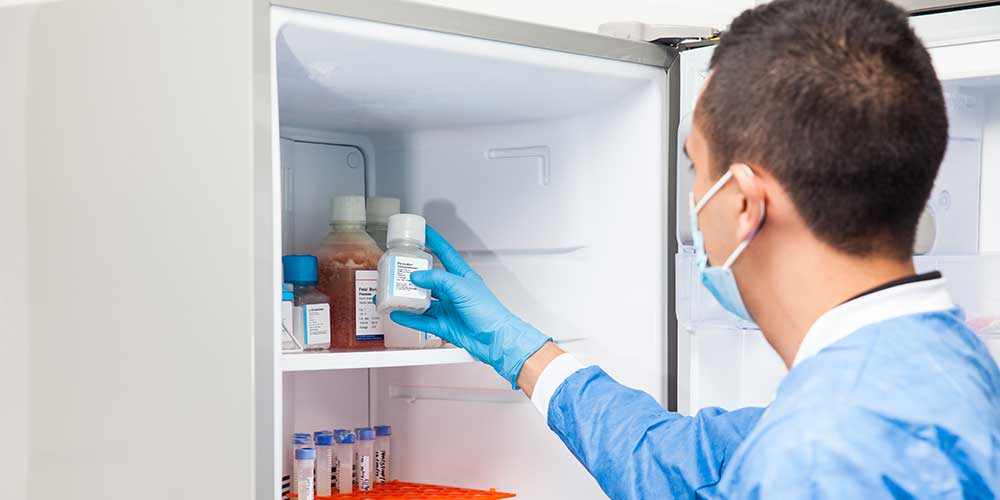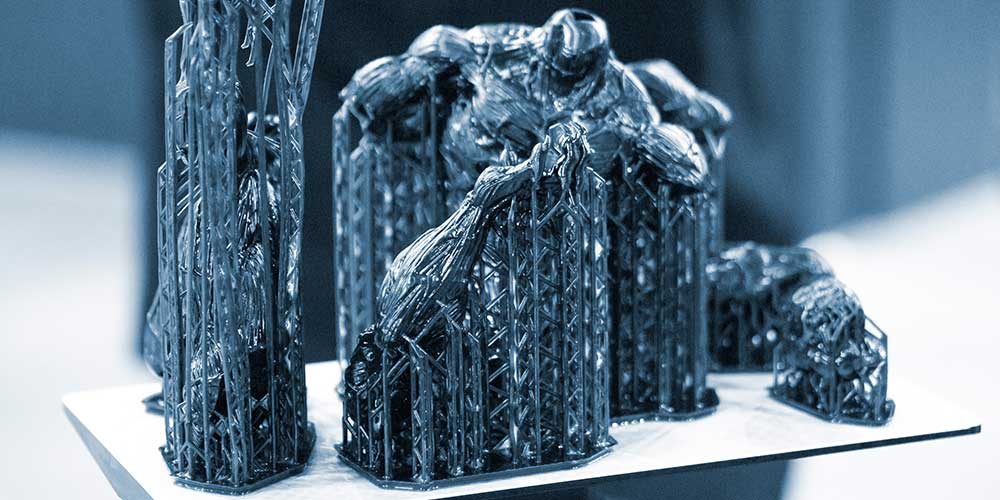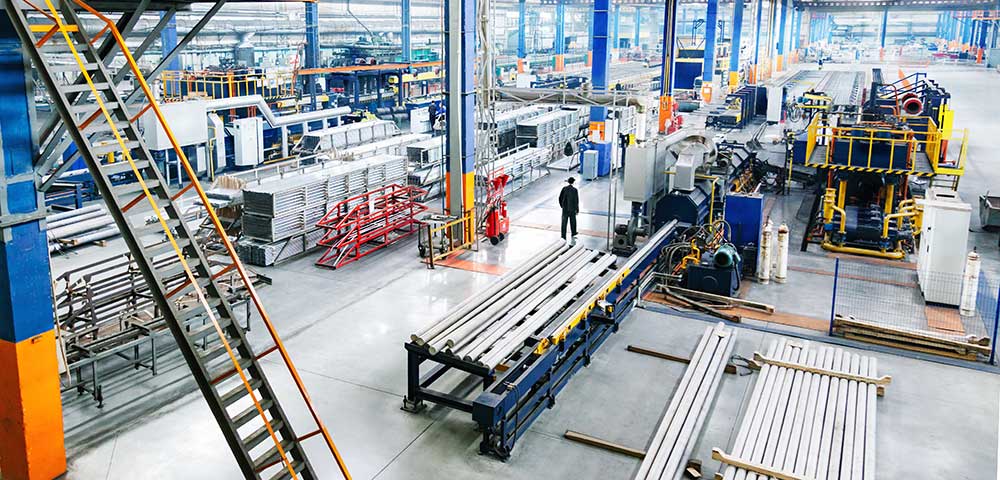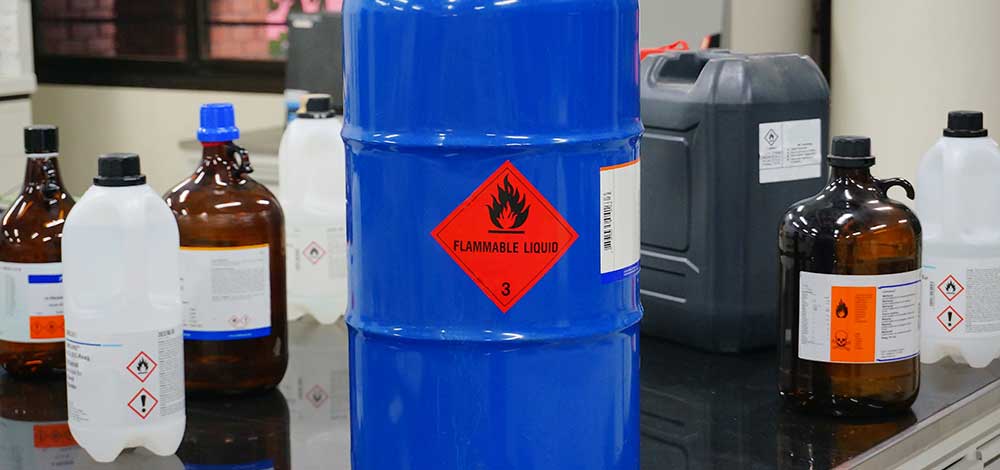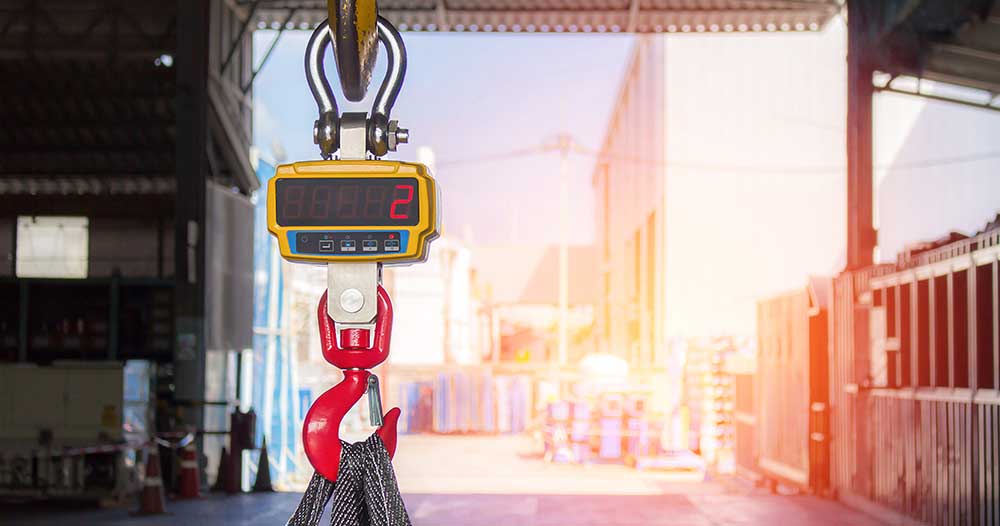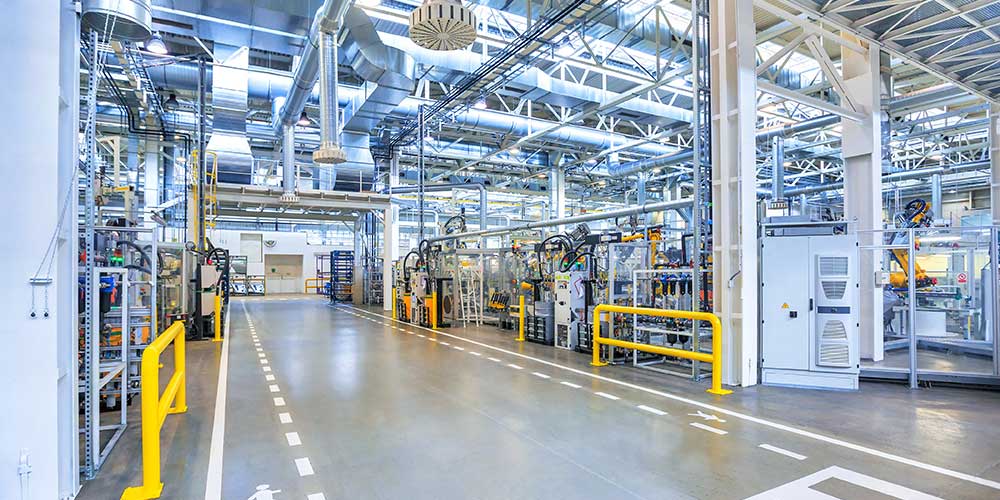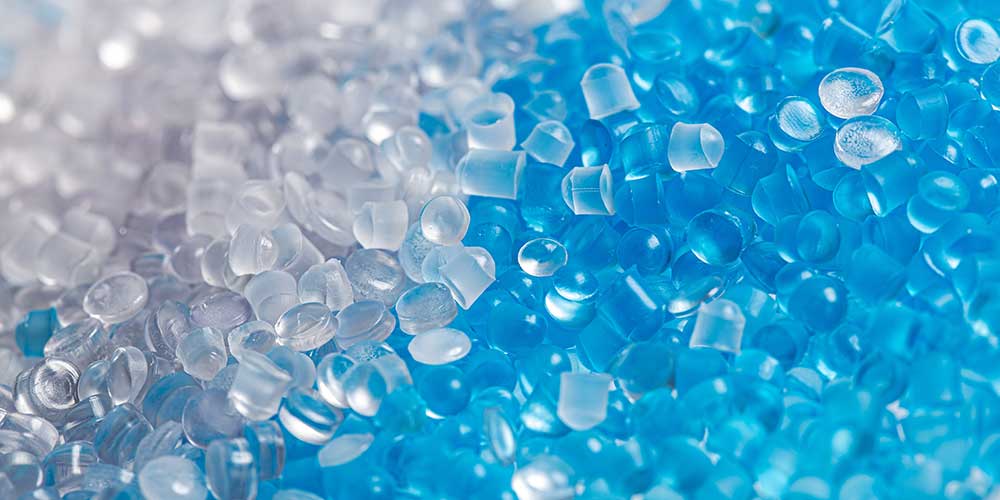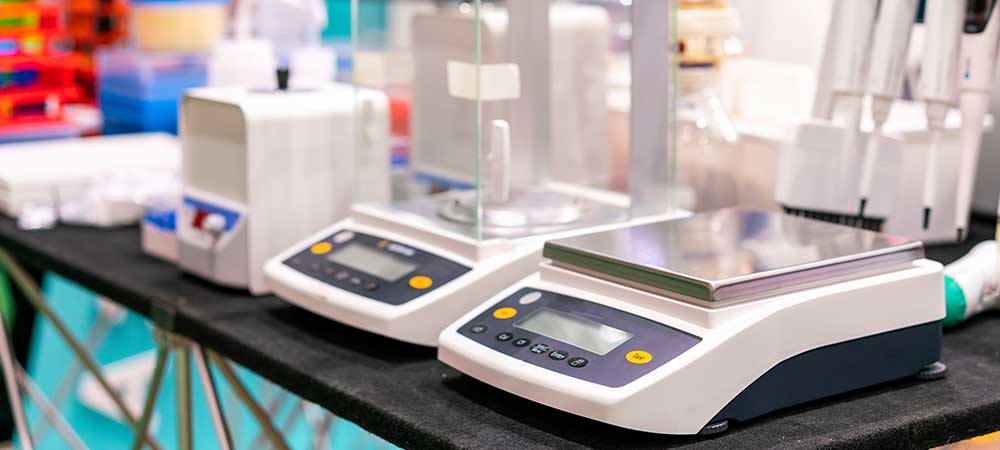Posts by Rachel Kohn
Laboratory Sonicator Guide: Applications, Benefits, and Equipment Selection
Choosing the Right Lab Cold Storage: Manual vs. Auto-Defrost Units and Essential Considerations
Using Ultrasonic Cleaners to Remove 3D Printed Mold Supports
3D printing, encompassing technologies like fused deposition modeling (FDM) and fused filament fabrication (FFF), has revolutionized manufacturing by significantly reducing the cost and complexity of traditional molding techniques, such as lost wax casting. By utilizing compatible thermoplastic materials like ABS for the part and PLA for removable mold supports, 3D printing enables the rapid creation…
Using a Moisture Analyzer for Wheat Quality Control
Why Digital Crane Scale Maintenance is Important for Optimal Performance and Safety
Digital crane scales are essential for heavy lifting and weighing operations across various industries. While built for rugged use, these precision instruments require regular maintenance to ensure accuracy and, more importantly, prevent potentially catastrophic mechanical failures. This guide outlines key maintenance practices to keep your crane scale operating safely and efficiently. Why Regular Maintenance is…
How to Specify a Flammable Refrigerator
Refrigerator explosions, while thankfully rare, highlight the critical importance of proper storage for flammable materials. These incidents typically occur when volatile substances are stored in standard refrigerators, where internal electrical components can ignite fumes. To prevent such hazards, it’s essential to understand how to specify a flammable refrigerator that meets safety standards and protects your…
How to Choose the Right Heavy-Lifting Crane Scale
Optimizing Weighing with Robust Industrial Platform Scales
Industrial platform scales are indispensable tools in a variety of settings, from manufacturing and logistics to warehousing and shipping. These scales are designed to withstand the rigors of industrial environments, providing accurate and reliable weight measurements for heavy loads and challenging applications. When selecting industrial platform scales, it’s crucial to prioritize durability, accuracy, and versatility…
Moisture Analyzer Drying Process for Quality Control
Moisture content significantly impacts the quality, shelf life, and usability of products across various industries. From pharmaceuticals and food to plastics and chemicals, accurate moisture analysis is essential for ensuring product consistency and meeting regulatory requirements. Moisture analyzers play a critical role in this process by providing precise and reliable measurements. This article delves into…
Choosing the Perfect Digital Bench Scale
Digital bench scales are essential tools in various industries, from laboratories and pharmacies to manufacturing and food processing. These compact and versatile scales provide accurate weight measurements for a wide range of applications. But with so many options available, how do you choose the right digital bench scale for your specific needs? This guide explores…


